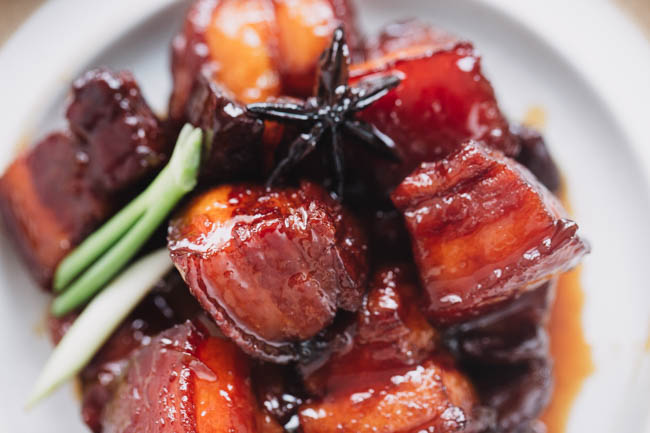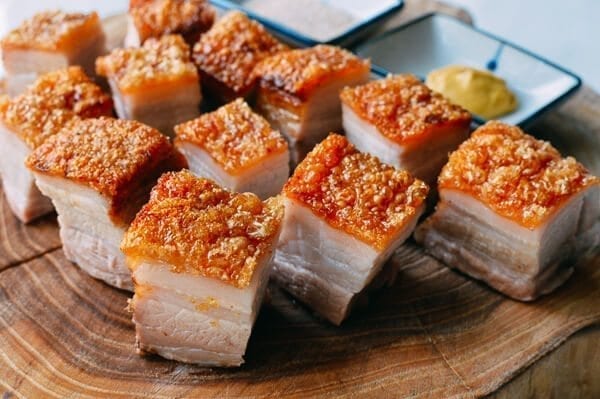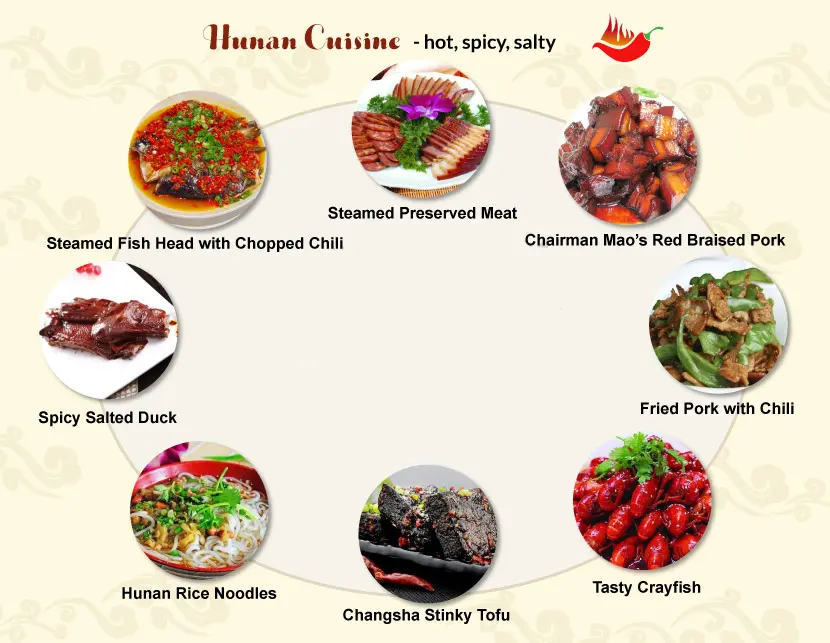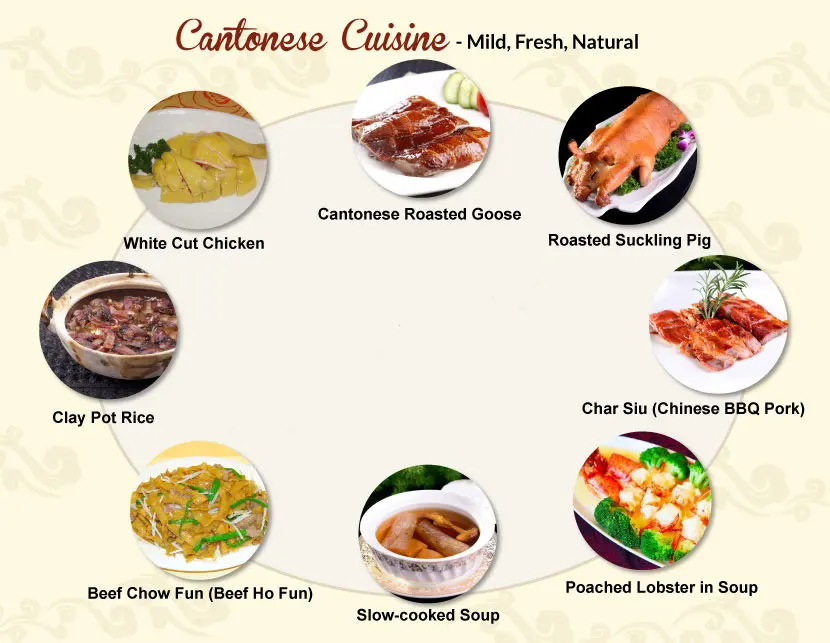Hunan Cuisine
In Hunan, “eating” has rich social meanings. First of all, in people’s weddings, funerals, and other major events, food is always an important content. Marriage is called “eating wedding wine”; when someone dies, it is commonly called “eating tofu”; Secondly, “eating” is also one of the important social means for people. When friends and acquaintances meet, the first greeting is often: “Have you eaten?” It is one of the ways that the companies receive the warmest hospitality from the host.
Historical Facts
The history of Xiang Cuisine has been around for a long time. In the Tang and Song Dynasties, Chinese feudal society had entered a mature stage. The food culture deliberately sought innovation in form- Hunan cuisine was no exception. The style of thick, fragrant, and light had been established. At this time, the menu of Hunan cuisine has been classified according to birthdays, weddings and funerals, promotions, etc., and is still in use today.
During the Ming and Qing Dynasties, Xiang Cuisine ushered in its golden age. Some bureaucrats and dignitaries in and out of Hunan competed to hire Hunan chefs to cook Hunan cuisine. As a result, Hunan cuisine became famous and significantly skillful; more Hunan cuisine was served to the common people later on. At the end of the Ming Dynasty, peppers were transplanted from South America to China. Hunan is located in the subtropical zone, humid and rainy, and the soil is suitable for the growth of peppers. Moreover, peppers have incredible effects: dispelling cold and rheumatism, promoting saliva secretion, and increasing appetite. People who like spicy food in Hunan gradually increasing, and the merchants are also becoming famous for their spicy food addiction.
Special Features
Both Chuan and Hunan cuisines are spicy, so what’s the difference? Sichuan cuisine is mainly mouth-numbing in spiciness, while Hunan cuisine is particularly hot and sour. All Hunan dishes are similar in terms of taste: a general spicy flavor with sour and salty taste. Some of their seasonings include fermenting chili in pickle creating sourness; fermented soybeans, which taste bitter, are another important condiment in Hunan cuisine. One of their most special cooking methods is stewing including stewing with sauce, water, clear broth or milky broth, etc. In addition, braising, curing, steaming, and frying are also common in cooking Hunan cuisine.
Some of the Notable Hunan Cuisine
- Steamed Fish Head with Chopped Chili
- Steamed Preserved Meat
- Mao Family Braised Pork



Cantonese Cuisine
“Eating in Guangzhou” is also inseparable from drinking tea in Guangdong. It is eating in disguise. All restaurants, hotels, and teahouses have morning, afternoon, and evening tea. Drinking tea is also connected with talking about business, listening to the news, and meeting friends. Cantonese tea drinking is inseparable from tea, snacks, porridge, noodles, noodles, and some side dishes.
Historical Facts
Cantonese cuisine has been around for over 2,000 years. It originated in the early Han dynasty where at the time, the chefs were already good at using different cooking methods to cook different dishes. After the Song and Yuan Dynasties, Guangzhou became a port and a port city with concentrated domestic and foreign trade, and its business became more prosperous, which led to the development of catering services as a commercial industry, providing a very important condition and place for the growth of Cantonese food- especially Cantonese cuisine.
The Ming and Qing dynasties were the real maturity and development period of Cantonese point and Cantonese food. At this time, Guangzhou has become a large commercial city. Cantonese food has truly become a system. There are teahouses, hotels, restaurants, and snack shops all over in the bustling city. All the restaurants are competing for splendor. The abundance of food and the variety of styles are praised by the world; there is a saying that “food is in Guangzhou”.
In the early 19th century, many Chinese who migrated to the US were Cantonese and many of them opened up Cantonese restaurants. In the United States, Cantonese restaurants are not just popular among Chinese Americans but also with Americans; they quickly became one of the most prosperous businesses in Chinatown.
Special Features
Most Cantonese food tastes fresh, natural, and mild. Cantonese chefs pay detailed attention to the quality of the food and preserve its natural taste. Unlike Chuan and Hunan cuisine, they use less spicy in their dishes but do use some peppers, chili, ginger, and garlic to add flavor. With the seasonal changes, dishes in summer and autumn are light, and in winter and spring are a little bit heavier (Travel China Guide).
Some of their frequently used cooking methods: stir-frying, boiling, steaming, baking, braising, sautéing, shallow frying, deep frying, and roasting. Chefs are also good at maintaining a nice appearance while serving the best food taste. Mainly it is because Cantonese know and prefer food that has the best taste during its season. For example, they eat perches in middle of winter and shrimps in April when they are fattest and tasty (Travel China Guide).
Some of the Notable Cantonese Cuisine
- Roasted Suckling Pig
- White Cut Chicken (Bai Qie Ji)
- Crispy Pork Belly






Providing the difference between similar cuisine styles really helped me remember the defining culinary aspects. For me, Chow Fun has to be my favorite Cantonese meal. Why do you think Cantonese Cuisine is so heavily influenced by pork when they are so close to the ocean?